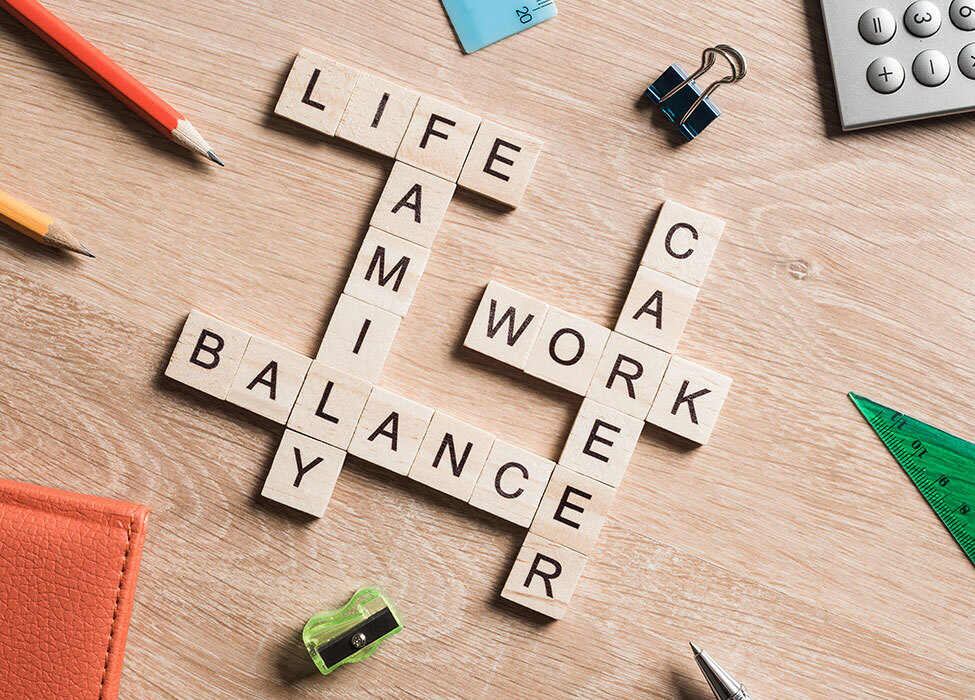As a Principal Systems Architect and Digital Strategy Expert, the demands of my role are both challenging and rewarding. Balancing high-stakes projects, client expectations, and personal life can seem daunting, but over the years, I’ve developed strategies to maintain productivity and well-being. Here’s how I manage work-life balance without compromising on excellence or personal fulfillment.
1. Set Clear Boundaries
One of the first steps to achieving balance is setting clear boundaries. I make it a point to define work hours and stick to them. This helps me:
- Stay fully focused during work hours.
- Dedicate quality time to family and personal activities.
Pro Tip: Communicate your boundaries with your team and clients to set realistic expectations.
2. Leverage Time Management Tools
Time management is crucial in my field. Tools like:
- Trello for task organization.
- Google Calendar for scheduling priorities.
- Notion for centralizing notes and plans.
These tools allow me to maximize productivity while avoiding burnout.
Insight: Effective planning creates space for personal time without neglecting work responsibilities.
3. Prioritize Health and Well-Being
Your physical and mental health directly impact your performance. I prioritize:
- Exercise: A regular workout routine helps me stay energized.
- Mindfulness Practices: Techniques like meditation or deep breathing improve focus and reduce stress.
- Adequate Sleep: Non-negotiable for maintaining sharp decision-making skills.
Pro Tip: Schedule your health practices just as you would a critical work task.
4. Embrace Delegation
Attempting to do everything on your own is a recipe for exhaustion. I delegate effectively by:
- Empowering team members to take ownership of tasks.
- Automating repetitive processes with tools like Zapier.
- Outsourcing non-core responsibilities where feasible.
Lesson: Delegation isn’t a sign of weakness—it’s a strategy for strength and efficiency.
5. Practice Continuous Self-Reflection
Every week, I dedicate time to evaluate:
- What went well?
- What could be improved?
- How aligned am I with my personal and professional goals?
This practice keeps me on track and ensures that my time is spent meaningfully.
Final Thoughts
Balancing a demanding career with a fulfilling personal life is an ongoing journey. By setting boundaries, leveraging tools, prioritizing health, delegating effectively, and reflecting regularly, I’ve found a rhythm that works for me. Work-life balance is not a one-size-fits-all—find what aligns with your values and goals, and be intentional in maintaining it.
Share this:
- Click to share on Facebook (Opens in new window) Facebook
- Click to share on X (Opens in new window) X
- Click to share on LinkedIn (Opens in new window) LinkedIn
- Click to share on Reddit (Opens in new window) Reddit
- Click to share on Pinterest (Opens in new window) Pinterest
- Click to share on Pocket (Opens in new window) Pocket
- Click to share on WhatsApp (Opens in new window) WhatsApp
- Click to email a link to a friend (Opens in new window) Email



